Time for new cameras – Testing the Sony FS5 & A7sII
Shooting with the Canon C300 over the last few years has been a real pleasure, the form factor worked perfectly for my single op shooting style and I was rarely disappointed by the image quality. The C300 was always a little crippled by it’s recording capability though, it’s highest frame rate option of 50 fps at 1280×720 seemed disappointing even when the camera was released.
I generally like to shoot events at 50 frames per second because it allows me to record audio whilst retaining the option to slow things down a little in post if required. The C300 does this really well at 720p but while that was seen as just a smaller HD format three years ago, today it’s barely enough resolution even for web delivery.
During my final shoots of last year I decided that for 2016 I would need to invest in at least one new camera which offered the following options as a minimum…
- Ability to shoot at least 50fps continuous at 1080p
- Ability to shoot Super Slow Motion at 1080p
- Ability to shoot 4K at 25p
- Min 50 Mbps internal HD recording (with option to record higher to ext recorder)
- Ability to autofocus when required
- Ability to output better quality to an external recorder if required
- Must work with Canon L Lenses (full frame capability via speed booster a bonus)
- Small and light enough to carry all day whilst still offering professional features.
I won’t bore you with all the options I considered, there’s some great cameras out there and believe me I looked long and hard but the following are the ones that interested me the most.
Canon C300 MkII
After shooting with Canon C series cameras for a few years the natural progression would be to the C300 MKII, there were however a couple of reasons why I eventually decided against it.
Firstly I was interested in trying a camera system that would allow me to use the full frame coverage of my Canon L lenses. I’ve often felt restricted by the wider end of the lensing options available for the C300 and liked the idea of using an adapter to get full use of my lenses whilst making them a stop faster. The body design of the C300 and the C300 MKII don’t allow for adapters to be used due to the distance between the mount and the sensor itself.
Secondly, the C300 mkII’s body alone costs over £12,000, add to that a brand new set of batteries and CFast 2 media and I’d be looking a £15,000 investment. While this isn’t dissimilar to the cost of the original C300 other camera manufactures are now offering similarly capable systems at much lower cost.
Sony FS7
Looking at Sony alternatives my first thought was the popular PXW-FS7. Priced at around £8,000 the FS7’s feature set far exceeded my requirements and it’s powerful recording capabilities would definitely provide all I need for the next few years. My good friend Peter Naylor owns an FS7 so luckily I had chance to have a play with one.
The camera was bigger and heavier than I expected but with it’s detachable grip and adjustable arm assembly it’s designed to be operated on the shoulder and works really well in that format. I have to shoot with my camera in a lot of positions though and while the camera is adaptable to different shooting positions I found it a little cumbersome after shooting with the C300. I definitely couldn’t see myself carrying that camera round for 12 – 15 hours like I do the C300. Feature wise though the FS7 is a dream and I was very tempted to just buy one and see if I could get used to the form factor but I decided it would be prudent to do a little more testing first.
Sony FS5
Being tempted by the Sony FS7 I thought it might be worth also trying out the smaller PXW-FS5. While the camera doesn’t offer the same level of recording features as it’s bigger brother it does provide a respectable 1080 / 50 option at 4:2:2, albeit restricted to 50 Mbps internally. It also provides the ability to shoot super slow motion up to 200 fps using a buffering record method which while not as useful as the FS7’s constant 200fps record rate it would be enough for me to capture what I need.
The FS5 is also a lot cheaper than the previous cameras mentioned, retailing at around £5,300 and shooting on cheap SDXC media the cost of entry is a lot lower than an FS7.
Sony A7sII
I’ve heard a lot of good things about the little Sony A7sII, especially regarding how they perform in low light. Having seen some great footage shot with them and reading a lot of positive reviews I really wanted to try one to see if I could really go back to shooting with a still body style camera and all of the workarounds that go with it.
I get to film quite a few night time events each year, everything from band performances through to dimly lit bars and exteriors. These can present a real problem with noise so this little camera intrigued me and I wanted to see what all the fuss was about. At £2,900 this is the cheapest of the bunch although it would require a lot of additional accessories in order to provide a complete solution for use as a main camera, if at all.
Trying out the cameras
The biggest test for any camera in my shooting year are the events I shoot for Harley-Davidson as they are gruelling on both me and my shooting kit. I’m usually out filming for over 15 hours each day in conditions that range from burning sunshine on dusty beaches through to filming from the back of a bike in the pouring rain. I generally have to carry everything with me that I’m going to need for any given day so building a kit that’s adaptable, portable and doesn’t restrict me creatively is important.
I decided to test both the A7sII and FS5 at Harley events by hiring them and spending a week working with each. I’m not planning to write full reviews of the cameras as neither are particularly new now and there’s plenty of in depth reviews on the web if that’s what you need. What I am going to do though is describe the things I was surprised by after doing my own reseacrh, any issues I had and any features that stood out as being a big reason to choose or not choose that camera.
Sony A7sII – Harley-Davidson Euro Festival, May 2016
First up was a Harley rally in St Tropez, France and for that one I decided to try out the Sony A7sII. I hired a kit from Cameraworks which included a Metabones adapter, a Movcam cage and the Sony XLR-K1M audio adapter. I really wasn’t sure if the little A7 would work for me at all but I also had the C300 with me just in case.
Using the A7sII that week was really interesting, paired with a Canon 16-35 f/2.8 on the Metabones adapter most of the time I found myself really enjoying the additional sensor real estate and rediscovering what those focal lengths really offer. I did of course have to fit an ND filter to the lens for the daytime shots but rather than mess around with a variable ND I opted to use a HOYA ND64 and then adjust shutter speed to get me the rest of the way to correct exposure. Whilst I like to stick to 180 degree shutter where possible I’m not precious about changing that depending on movement in the shot.
The A7sII has a really good OLED EVF, actually way better than anything I’ve used on a video camera to date, although the eye piece itself is far from comfortable and doesn’t block out external light fully. The LCD is a bit too small for my liking and I found that using the focus magnification feature was a must. In direct sunlight however the LCD was unusable so when it came to filming anything other than head height it was a struggle. I had to use the EVF to focus and then watch what little I could see on the LCD to frame the movement in my shots, a little to ‘spray and prey’ for my liking.
The big drawbacks of the A7 for me were the fiddly menu system, the button layout and the general handling. This it to be expected though and wasn’t really a surprise. I programmed the user buttons on top for record start/stop and zebra toggle and then used the fiddly buttons on the back for everything else. The other feature that I was really looking forward to was the five axis stabilised sensor and that proved to be quite useful. There is a little caveat though as in certain situations it also rendered a few shots unusable do to the image visibly warping with certain camera movement.
As expected the low light capabilities of the A7sII were it’s real party trick. I was filming some people on a beach one evening and couldn’t believe how clean the images looked with ISO levels I wouldn’t normally dream of using. After the event I felt that while I managed to shoot the entire thing with the A7sII I’d prefer something a little and better designed for the job. I really wanted one for those night time shots though!
Here’s the video I shot with the A7sII, please note that it also contains footage from the DJI Osmo for the crane style shots and riding shots.
Sony FS5 – Harley-Davidson H.O.G Rally, June 2016
When the rental Sony FS5 arrived prior to leaving for this shoot I was shocked at how small and light it was. I’d seen pictures of it beside the FS7 and it was obviously smaller but sitting there without it’s top handle or side grip it looked like a handycam. The first thing I did was fit my 50mm 1.2 via the supplied Metabones Speed Booster and then spent an hour just wandering round in awe of this tiny package capable of shooting almost full frame at f/1.0!
Once fitted out with it’s rotating hand grip and top handle however the FS5 is actually a really nice size to use, it compares well to the handling characteristics of the C300 and certainly ticked the portability and handling box and .
I found the small OLED EVF on the back of the FS5 to be quite good, it’s not as nice as the one on the A7sII but it’s as good as the EVF on the C300 and I found I could hit focus quite easily. The way the EVF pivots up and down is useful however I did find it to be a little loose and struggled to keep it in the position I wanted when shooting. I was disappointed by the LCD though, it seemed too small and again was almost impossible to use in daylight conditions, the one on the C300 is much better. It’s okay indoors or in the shade but I did feel frustrated by it shooting during the day and much like the A7s I relied on the EVF most of the time.
Without doubt one of the best features of the FS5 for me is the variable electronic ND. Being able to smoothly dial in exposure without messing with your shutter speed or aperture is extremely useful and having the ability to choose an aperture and have the ND work around you automatically is amazing. I’m surprised Sony haven’t been shouting more about this technology and I expect it won’t be long before we see it appearing on many of their other cameras, (A7sIII with variable ND anybody?).
I really enjoyed the FS5‘s Super Slow Motion recording feature, the buffering can be a pain but once you master how the start and end trigger system works it’s a lot of fun and I used it way too much on this shoot as you will see in the video below! The trouble with the buffering is not so much that you can’t capture the shot you need, it’s that you have to wait while it does it’s thing afterwards! It’s good fun watching the slow motion buffering after your shot but when something is happening in front of you that you really want to shoot it’s also frustrating. This is where the FS7 would be more capable but for me the smaller form factor is more important and I can make the buffering work with careful timing.
Another thing that I found useful was the ability to quickly switch to Centre Scan Mode, I programmed this feature to one of the buttons on the hand grip and being able to quickly select between using the full sensor or a crop was great. The camera will also do a digital zoom up to 2x which feels quite bizarre if shooting with primes as you can use the rocker switch on the handle to make it feel like a powered zoom lens! Sony say they preserve the image quality using special technology and to be fair the results did look pretty good but I was a little cautious of that one and didn’t use it.
There were a couple of things that disappointed me though. The first is the fact that every time you format a card in the FS5 it starts the clip name as Clip_01. This seems like a small thing but I’d expect to be able to set continuous file naming in any camera that expects professional use.
Another thing that caught me out was the dual card recording. I like to shoot to both cards at the same time just to provide some redundancy in case of a card error and while this works really well on the FS5 there is a gotcha waiting to catch you out! When shooting Super Slow Motion the camera only records to card 1 and if you’re not paying attention to which card you’re importing footage from you can easily use the wrong one and lose all of your slow motion shots. I discovered this to my horror after losing all of my slow motion shots from a morning so it’s something to be very careful about.
Here’s the results… again this one contains DJI Osmo shots as well.
Conclusions
After trying both the FS5 and The A7sII I was impressed by both of them for different reasons. If I could only choose one it would definitely be the FS5 as for me things like the built in variable ND filter, bigger batteries and on board XLR audio far outweigh the better low light performance and ultra compact format of the A7sII.
I decided to get both though! The FS5 works great as a main walkabout camera for event work and is also more than capable of performing the various other corporate shoots that I work on. The A7sII takes over in low light at events. I’ve recently starting using the A7sII on a PilotFly H2 Gimbal which works great and it also makes a very good B camera for 2 camera interviews with the FS5.
Here’s one more Harley video shot with my own FS5 and A7sII. There’s also footage from the DJI Osmo in this one as well.
I’m sure there’s loads I haven’t covered but this post has become way too long already. Please ask any questions you might have in the comments and I’ll do my best to answer.
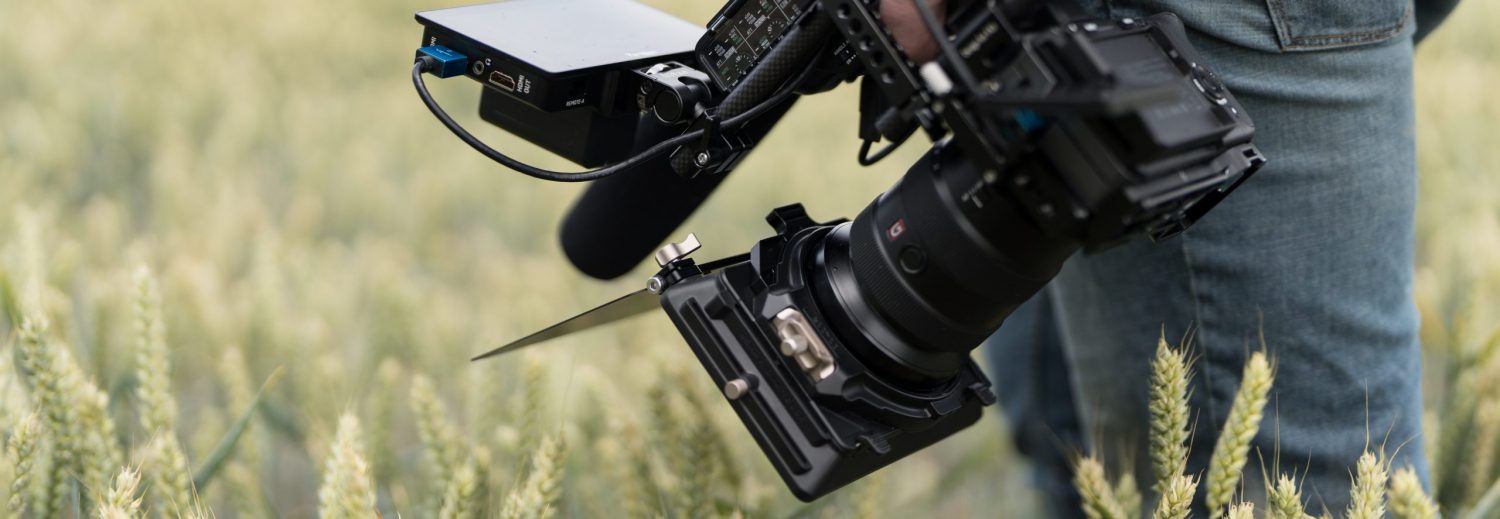
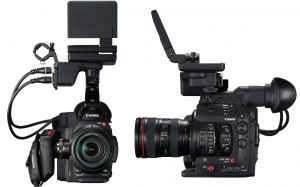
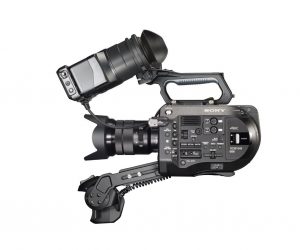

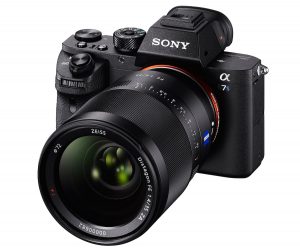




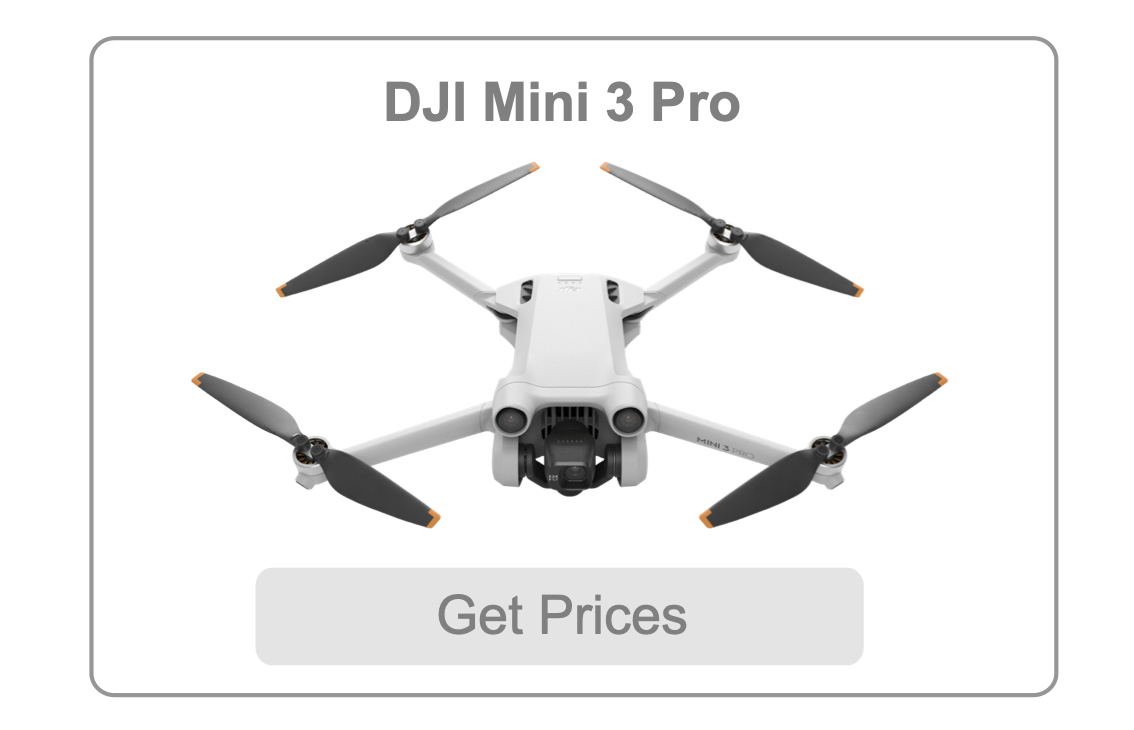


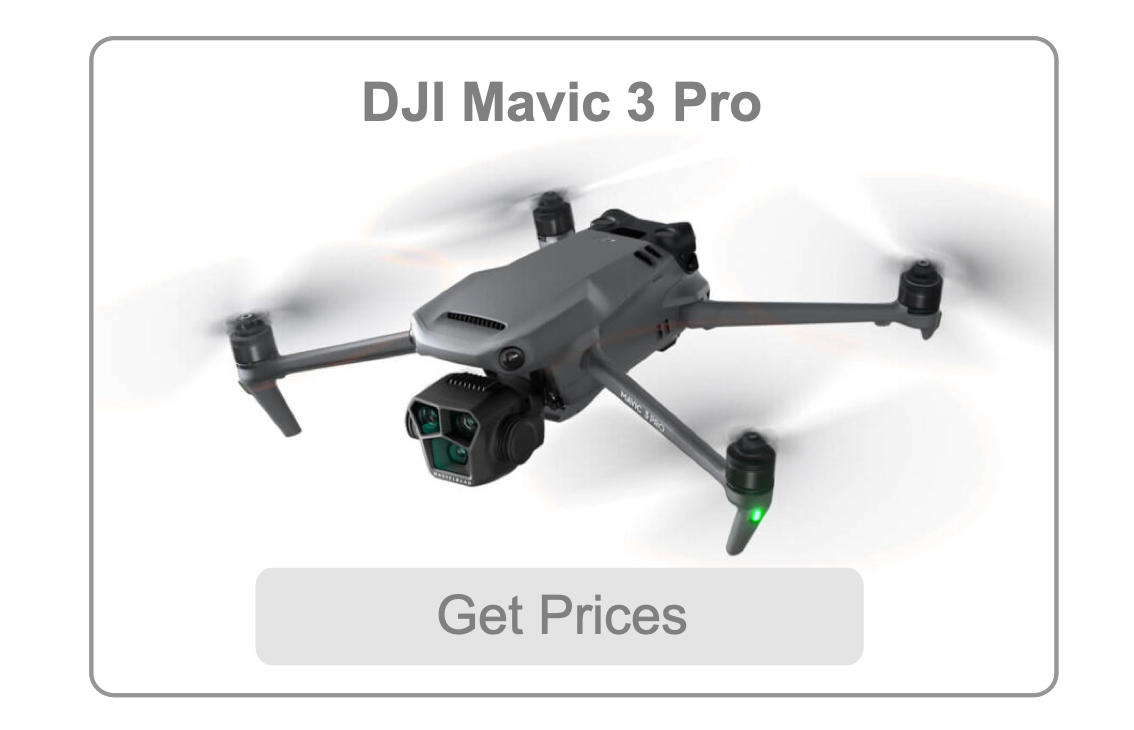

Nowadays, cameras are coming with more new features, high pixel quality
Thanks for all this Paul.
When you go out to shoot, say, at this Harley Davidson festival, what are you carrying on you in terms of stabilizers–tripod, monopod, slider, gimbal, etc?
And how much would you say you use each of these? Mostly handheld?
For your handheld shots, how much of it is you holding it in front of your chest vs on your shoulder? Thanks!
Hey Paul.
So I have been using the fs5 with the Helix jr, which is a great combo, especially as you can mount grip and replace one of the handles. I use it with the Sony zeiss 24, auto focus face detection works some of the time, usually enough t get shots.
Question, I think I saw that you said you shoot at 50p so you can have option of solo mo or drop in 25p timeline and have regular speed. What shutter do you use, 180?
Hi Chris. The Helix looks very interesting. When shooting 50p I leave my shutter at 1/50th, that way the footage thats played back at normal speed (25p) still has the same look as it would if I were shooting 25p and also when slowed to half speed the motion blur looks fluid.
Regards
Paul
Hi Paul
Thanks for your insights. I’m going through the same thought process looking to replace my trusty C300.
What’s the AF like on the FS5 with Canon glass? The AF capabilities of the C300 mk11 are very tempting…
Hi Andy. While it is possible to autofocus using the Metabones adapter and canon glass it’s a very slow process and not really usable in my opinion. I purchased my FS5 with the 18-105 kit lens and I also have the Sony 10-18, both of those have built in IS and autofocus well for those times when AF is needed.
You’re right about the C300 MKII, autofocusing on that looks great and if thats something that you need a lot then it would be a good choice, although a pricey one!